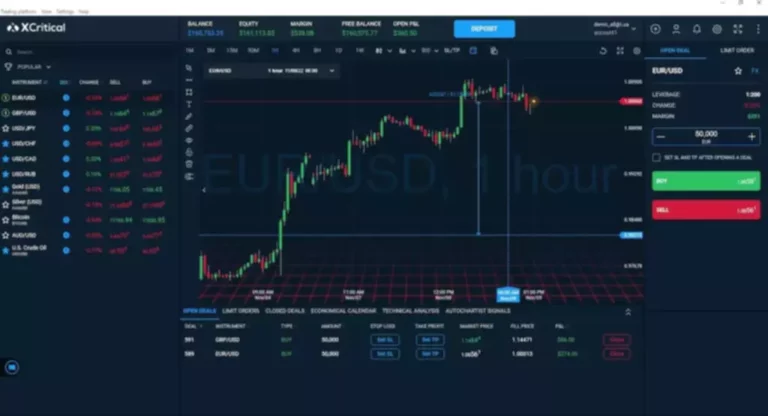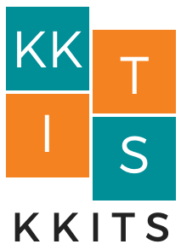Content
The person will be automatically paid when he finishes and provides his end of the requirements, whatever is required per the deal. As you understand the benefits of blockchain in payments now, let’s learn about the working of blockchain payment systems. The blocks contain time-stamped digital records of how to use blockchain payments any transactions or data exchange on the distributed network of computers.

Pros and Cons of Crypto Transactions
If you have ever spent time in your local Recorder’s Office, you will know that recording property rights is both burdensome and inefficient. Today, a physical deed must be delivered to a government employee at the local recording office, where it is manually entered into the county’s central database and public index. In the case of a property dispute, claims to the https://www.xcritical.com/ property must be reconciled with the public index. Some companies experimenting with blockchain include Walmart, Pfizer, AIG, Siemens, and Unilever, among others.
Companies Using Blockchain Payments
In it, we answer some pressing questions on how blockchain can improve your transactions and integrate into your system. Discover how this technology enhances security, reduces fraud, and streamlines payment processes. This article breaks down the concept, making it easy to understand how network tokenization can benefit your business. It’s also a good idea to record the addresses used and the transaction ID or hash because they may soon be required on tax forex crm forms.
Costs of Blockchain-Based Cross-Border Payment Software
However, in real life, smart contract logic may require periodical adjustments, for example, to handle changes in payment terms or enable potential improvements of the blockchain solution. The unique technology of blockchains, and their separation from traditional banking and payment networks, provides businesses with a number of benefits when making cross-border transactions. Blockchain-based payment solutions can streamline the process of remittances, enabling faster and cheaper transfers of funds.
The DeFi Regulatory Landscape: Opportunities and Challenges

Ensure seamless integration with your app or business, catering to your specific needs. We won’t focus on how to setup a wallet exactly, but let’s give you an overview of what the process consists of. Setting it up means creating an account that will have its own public key–an address to receive transactions to, and the private key which is the seed phrase (12 or 24 words) or a file, for example a JSON file–or both.
Person-to-person blockchain cross-border payments, on the other hand, are transactions that occur between individuals in different countries using blockchain technology. These transactions can include sending money to friends or family members, paying for goods or services, or other financial transactions. This cross-border payment using blockchain could be completed in a matter of minutes, rather than days or weeks like traditional bank transfers.
Adam received his master’s in economics from The New School for Social Research and his Ph.D. from the University of Wisconsin-Madison in sociology. He is a CFA charterholder as well as holding FINRA Series 7, 55 & 63 licenses. He currently researches and teaches economic sociology and the social studies of finance at the Hebrew University in Jerusalem. In Canada, when virtual currency is used for salary or wages, it is generally considered part of the employee’s income in Canadian dollars.
- Perhaps the most profound facet of blockchain and cryptocurrency is the ability for anyone, regardless of ethnicity, gender, location, or cultural background, to use it.
- A cryptocurrency is a medium of exchange such as the US dollar, but is digital and uses cryptographic techniques and its protocol to verify the transfer of funds and control the creation of monetary units.
- Blockchain technology can streamline supply chain payments, enabling you to pay global suppliers and partners quickly and efficiently.
- In the next 10 years, there’s unlikely to be a single winner in cross-border payments.
We help our clients design and build blockchain for fast, secure, and cost-effective processing of payment transactions. In our blockchain projects, we employ robust quality management and data security management systems backed up by ISO 9001 and ISO certification. From ScienceSoft’s experience, the development cost for an MVP of blockchain-based payment software will be around $80,000–$150,000. A full-featured blockchain payment solution that comprises a private network and smart contracts may require $400,000–$2,000,000+ in investments. Blockchain needs to access up-to-date foreign exchange rates for fiat currencies and cryptocurrencies to accurately settle and record multi-currency payment transactions.
Consensus on data accuracy is required from all network members, and all validated transactions are immutable because they are recorded permanently. No participant can change or tamper with a transaction after it’s been recorded to the shared ledger. If a transaction record includes an error, a new transaction must be added to reverse the error, and both transactions are then visible. Miners, who are participants in the network, validate and confirm the transaction.
The use of distributed ledgers to record transactions means that every participant in the network has a copy of the ledger, and each transaction is verified by a consensus mechanism before being added to the ledger. This makes it very difficult for any single party to tamper with the data or alter the transaction records. Immutable records of taxable amounts, supporting documents, and tax payment transactions to ensure consistent and compliant tax reporting under different jurisdictions.
The bank checks if you have enough funds, approves the transaction, and then updates your and your friend’s account balances. Instead, the blockchain network verifies the transaction, ensuring you have the funds and that the transfer is legitimate. Once verified, the transaction is recorded on the blockchain, visible to anyone who wants to check it, but secure and tamper-proof.
The innovative solution offers automated currency conversions, provides real-time processing of cross-border payments, maintains an immutable record of all transactional data. Fireblocks is an easy-to-use platform to create new blockchain based products, and manage day-to-day digital asset operations. Exchanges, banks, PSPs, lending desks, custodians, trading desks, and hedge funds can securely scale their digital asset operations through the Fireblocks Network and MPC-based Wallet Infrastructure. Fireblocks serves thousands of organizations in the financial, payments, and web3 space, has secured the transfer of over $6 trillion in digital assets and has a unique insurance policy that covers assets in storage & transit. One of the most-used blockchain payment platforms, Coinbase allows users to buy, sell and store over 150 cryptocurrencies and convert their earnings into fiat currency.
Find out how Fireblocks helps your digital asset business to grow fast and stay secure. Blockchain payments can provide opportunities for revenue growth throughout the payments cycle, for both payments companies and the customers they serve in a variety of ways. On average, companies see the payoff of custom blockchain development in 12–18 months. Blockchain offers automated customer identity verification according to KYC/AML requirements, provides an immutable audit trail for all customer information updates, enables real-time customer authentication. Smart contracts serve as rule-based instructions to automatically enforce payment transactions pre-agreed by the involved parties when certain conditions are met (e.g., making a payment to the supplier upon product delivery).
Security is ensured since the majority of nodes will not accept a change if someone tries to edit or delete an entry in one copy of the ledger. Ethereum is rolling out a series of upgrades that include data sampling, binary large objects (BLOBs), and rollups. These improvements are expected to increase network participation, reduce congestion, decrease fees, and increase transaction speeds. Transactions on the blockchain network are approved by thousands of computers and devices. This removes almost all people from the verification process, resulting in less human error and an accurate record of information.
